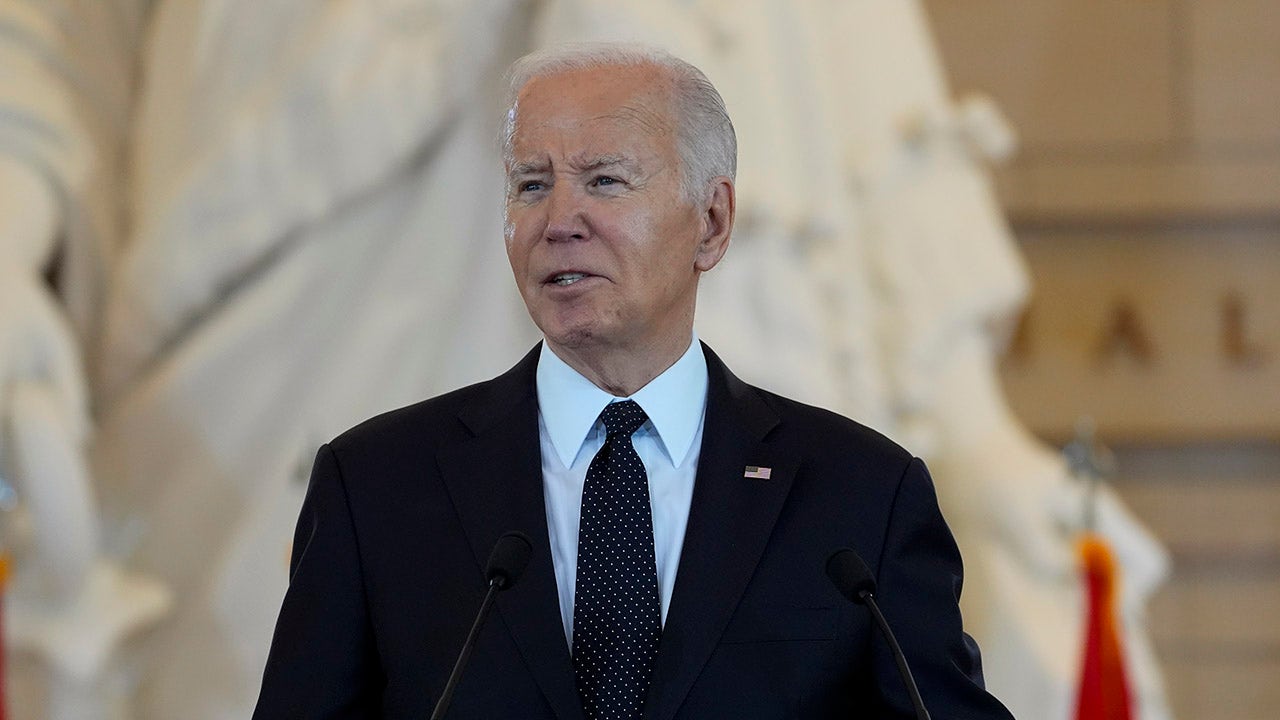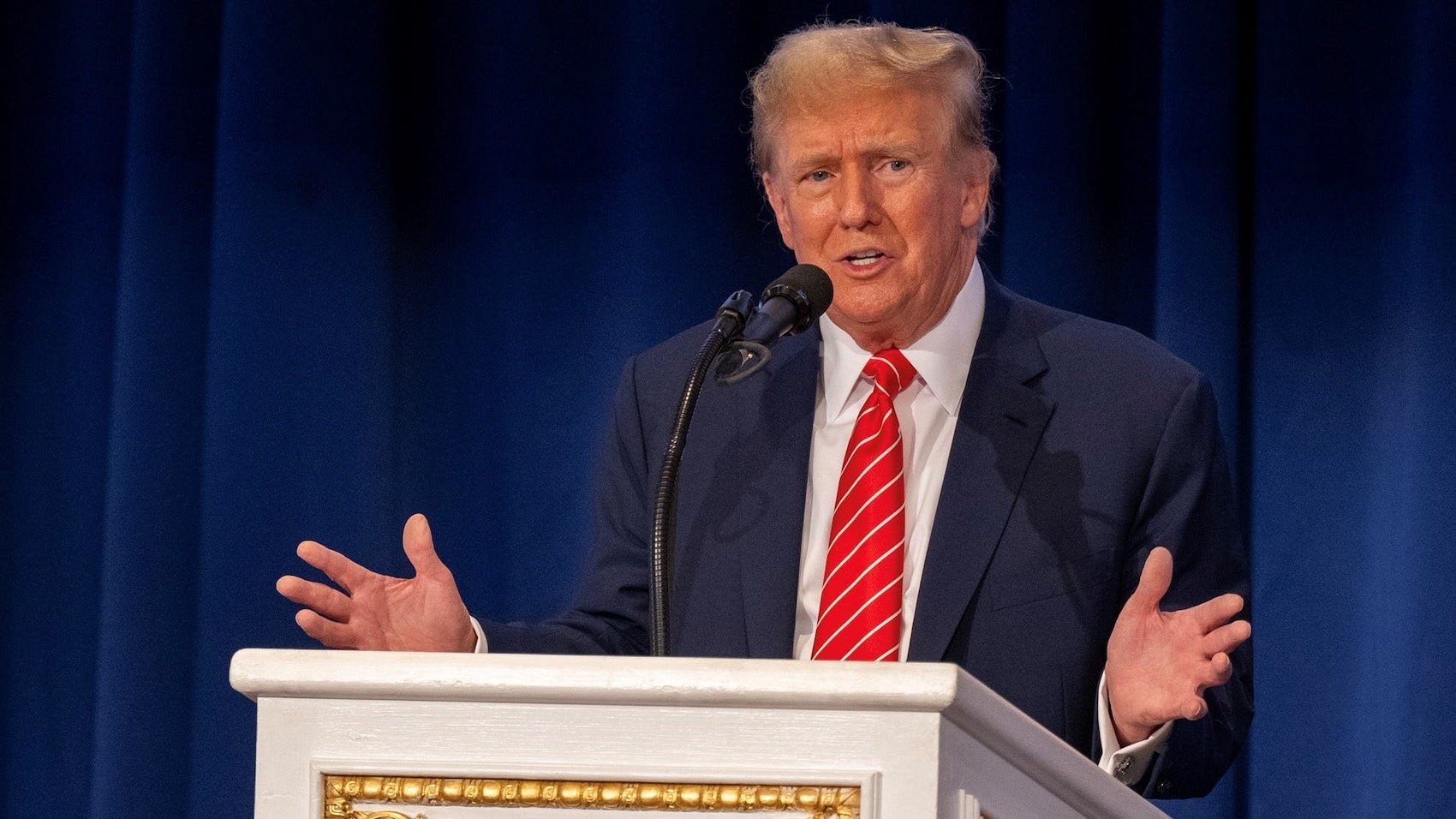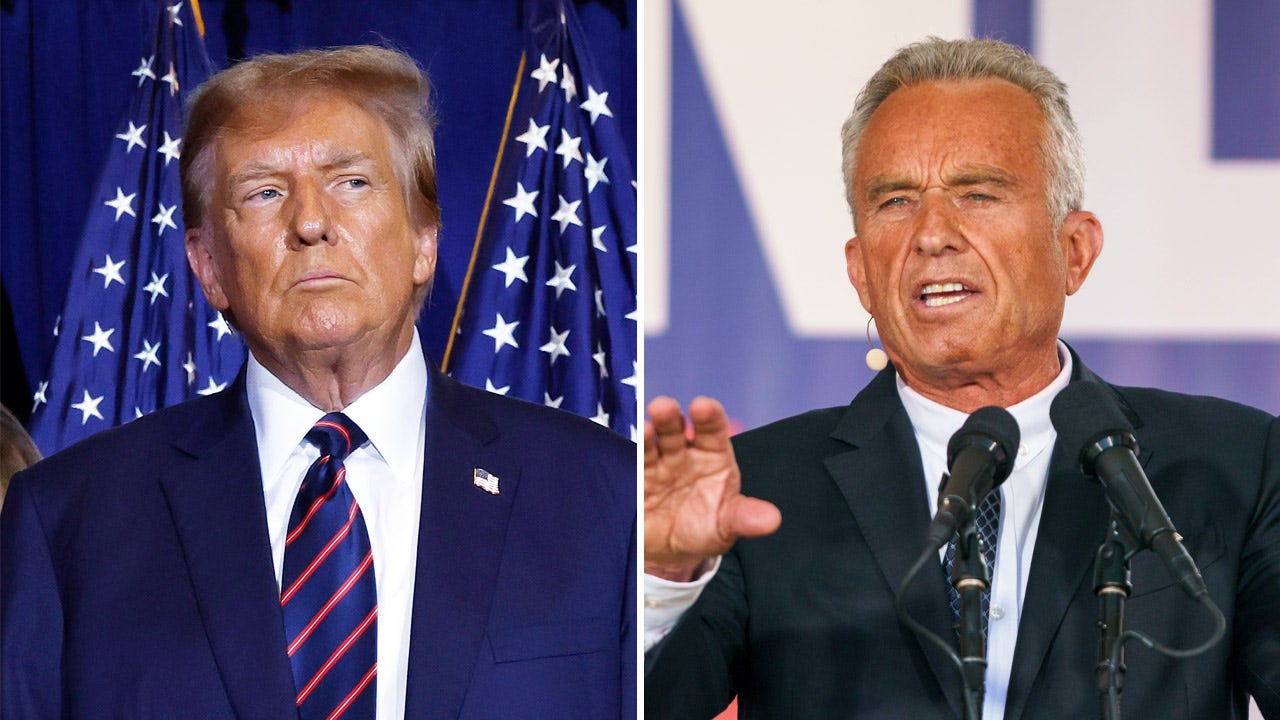Crypto
Cryptocurrency and Its Instability Issues | Forexlive

Cryptocurrency, a digital
or virtual form of currency that relies on encryption techniques, has
gained significant attention in recent years. Bitcoin, the pioneering
cryptocurrency, paved the way for many others to emerge. While it provides
certain advantages over traditional financial systems, such as decentralization
and increased privacy, cryptocurrencies are not immune to instability issues.
One of the primary concerns related to cryptocurrency is its
inherent volatility. Unlike fiat currencies that are regulated by central banks
and backed by governments, cryptocurrencies lack such centralized control.
Instead, their value is determined solely by market demand and supply dynamics.
This gives rise to frequent price fluctuations, sometimes occurring within
minutes or even seconds.
The lack of stability in cryptocurrency prices poses
challenges for both investors and businesses. Investors seeking to profit from
trading cryptocurrencies face uncertainty and risk due to the highly volatile
nature of the market. Rapid price changes can result in significant gains or
losses, making it a speculative venture. Moreover, the absence of regulatory
mechanisms means that market manipulation and fraud can occur, exacerbating
instability further.
For businesses, accepting cryptocurrencies as payment may be
appealing due to lower transaction costs and faster cross-border transfers.
However, the constant fluctuation in cryptocurrency values presents
difficulties when pricing goods and services. Calculating revenue and profits
becomes problematic, especially for small businesses operating on tight
margins. Additionally, the risk of sudden devaluations could deter businesses
from adopting cryptocurrencies altogether.
Another factor contributing to the instability of
cryptocurrencies is the lack of widespread adoption. Despite their growing
popularity, cryptocurrencies are still far from being universally accepted as a
medium of exchange. The limited number of businesses, particularly large
retailers, that accept cryptocurrencies inhibits their mainstream usage. Such
limited adoption prevents cryptocurrencies from achieving stability through
increased market liquidity and reduces their appeal as a reliable store of value.
Moreover, government regulations play a crucial role in
shaping the stability of cryptocurrencies. As governments become more involved
in the cryptocurrency space, introducing regulations and oversight, the impact
on stability becomes significant. Regulatory actions can range from imposing
restrictions on cryptocurrency trading to outright bans, as observed in certain
countries. Uncertainty surrounding government policies and their effect on
cryptocurrencies add to the instability, as investors and businesses struggle
to predict future developments.
The emergence of new cryptocurrencies further compounds the
instability within the cryptocurrency market. The ongoing creation of
alternative coins, referred to as altcoins, contributes to the fragmentation of
investments and dilutes market concentration. With thousands of different
cryptocurrencies available, each with its own features and potential value,
investors are faced with an overwhelming array of options. This proliferation
of cryptocurrencies leads to a lack of standardization and increases uncertainty,
making it challenging for any single cryptocurrency to establish widespread
stability.
In conclusion, while cryptocurrencies offer innovative
solutions and benefits, they come with inherent instability issues. Volatility,
limited adoption, government regulations, and the constant emergence of new
cryptocurrencies all contribute to the unpredictable nature of the market.
Investors and businesses must carefully
consider these factors before engaging with cryptocurrencies, understanding
the risks associated with their instability.

Crypto
Crypto lender Genesis to return $3 billion to customers in bankruptcy wind-down

Crypto lender Genesis Global received a significant victory in bankruptcy court on Friday, securing approval for its liquidation plan that will return approximately $3 billion in cash and cryptocurrency to its customers. The ruling, however, delivers a blow to Genesis’s owner, Digital Currency Group (DCG), which will receive no recovery from the bankruptcy.
U.S. Bankruptcy Judge Sean Lane overruled DCG’s objection to the plan, which centred on the valuation of crypto assets. DCG argued that customer claims should be capped at the value of cryptocurrencies in January 2023, when Genesis filed for bankruptcy. Crypto prices have surged since then, with Bitcoin, for example, rising from $21,084 in January 2023 to its current price of around $67,000.
Judge Lane rejected DCG’s argument, stating that even with the lower valuation, Genesis would have to prioritise paying other creditors, including federal and state financial regulators with claims totalling $32 billion, before distributing funds to its equity owner.
“There are nowhere near enough assets to provide any recovery to DCG in these cases,” Judge Lane wrote in his ruling.
Genesis aims to return funds to customers in cryptocurrency wherever possible, although it lacks sufficient crypto assets to fully repay all outstanding claims.
Sean O’Neal, an attorney representing Genesis, refuted DCG’s assertion that customers could be paid in full based on the lower January 2023 valuations. “We don’t buy into the idea that claims are capped at the petition date value,” O’Neal stated.
Genesis initially estimated in February that it could repay up to 77% of the value of customer claims, subject to future fluctuations in cryptocurrency prices.
This court approval marks a significant step forward in the resolution of Genesis’s bankruptcy, providing much-needed relief to its customers while leaving its owner, DCG, without any financial recovery.
Crypto
Venezuela to shut down cryptocurrency mining farms

Venezuela’s Ministry of Electric Power announced it would disconnect all cryptocurrency mining farms from the national power grid (SEN, Sistema Electrico Nacional). The measure aims to control the high energy demand from these mining farms and ensure reliable service for citizens.
AlbertoNews, a local media outlet, reported the announcement on May 18.
“The purpose is to disconnect all cryptocurrency mining farms in the country from the SEN [National Electrical System], avoiding the high impact on demand, which allows us to continue offering an efficient and reliable service to all the Venezuelan people,”
the Ministry reported in its account in Instagram.
Notably, the announcement followed the seizure of 2,000 cryptocurrency mining machines in the country. This action is part of the government’s ongoing anti-corruption campaign. Leading to the arrests of several officials from state institutions.
Corruption with the National Superintendency of Cryptoassets
The National Superintendency of Cryptoassets (Sunacrip) has been under a restructuring board since the arrest of Superintendent Joselit Ramírez. Ramírez has connections to Tareck El Aissami, former Petroleum Minister and former president of Petróleos de Venezuela (PDVSA).
On that note, El Aissami was charged with treason, embezzlement, misuse of influence, money laundering, and criminal association.
Venezuela power grid issues and cryptocurrency mining
Venezuela has faced an ongoing electricity crisis since 2009, worsened by massive blackouts in 2019 that left cities without power for up to seven days. Frequent power outages have negatively affected the country’s quality of life and economic activities.
Therefore, Governor of Carabobo state, Rafael Lacava confirmed restrictions on cryptocurrency mining farms due to their significant electricity consumption. He urged residents to report illegal cryptocurrency mining operations to prevent power shortages.
“If you, neighbor, see a house that you know, tell that person to turn off the farm, or else report it, because when they turn off the light, because you have to give light to a man so that he can earn some reales (money), you are left without electrical service.”
– Rafael Lacava
As reported by AlbertoNews, experts attribute the crisis to poor maintenance and inadequate investment in the power grid. Meanwhile, the government blames sabotage and has promised to modernize the state-controlled power network.
Overall, Bitcoin (BTC) and cryptocurrency mining are known worldwide for their high energy consumption. Countries like China and Cazaquistan have banned the activity to preserve their power grids, centralizing mining in fewer locations.
Therefore, the fewer countries allowing this activity, the higher the security concerns will be, as a few miners dominate block discovery.
Crypto
Page not found – Bitcoin News

Ooops… Error 404
Sorry, but the page you are looking for doesn’t exist.
OUR LATEST POSTS
TRON DAO Adds Google Cloud as a Super Representative Candidate on…

Ghana’s Vice President Says His Government Aims to Become the First…

Empowering Web3 Users: UXLINK Partners With OKX Web3 Wallet for $UXLINK…

How DLCs Can Enable Defi Deposits and Fulfill Bitcoin’s Promise

Coinshares Reports Its Most Successful Quarter Ever in Q1

Okx Launches in Australia With Comprehensive Crypto Services
-

 Finance1 week ago
Finance1 week agoSpring Finance Forum 2024: CRE Financiers Eye Signs of Recovery
-

 World1 week ago
World1 week agoIndia Lok Sabha election 2024 Phase 4: Who votes and what’s at stake?
-

 Politics1 week ago
Politics1 week agoBiden’s decision to pull Israel weapons shipment kept quiet until after Holocaust remembrance address: report
-

 News1 week ago
News1 week agoThe Major Supreme Court Cases of 2024
-

 News1 week ago
News1 week agoTornadoes tear through the southeastern U.S. as storms leave 3 dead
-

 World1 week ago
World1 week agoA look at Chinese investment within Hungary
-

 Politics1 week ago
Politics1 week agoTales from the trail: The blue states Trump eyes to turn red in November
-

 World1 week ago
World1 week agoBorrell: Spain, Ireland and others could recognise Palestine on 21 May






/cdn.vox-cdn.com/uploads/chorus_asset/file/25454244/Screenshot_2024_05_18_at_12.02.42_PM.png)










